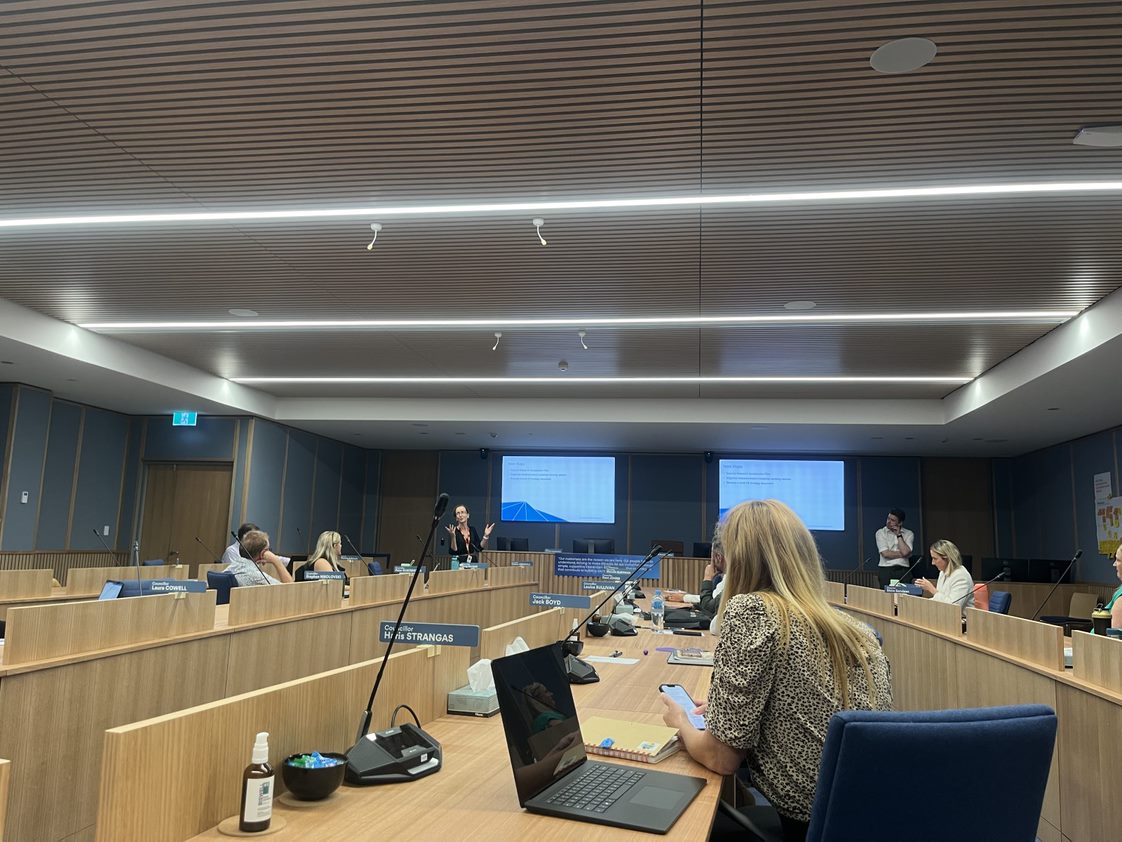What is the ‘Great Resignation?
The world is currently awash with talk of the ‘Great Resignation’ – a term which has been coined to describe the growing wave of employees quitting, retiring and moving jobs due to a range of factors including the impacts of the Covid-19 Pandemic, a loss of sense of purpose and employees attempting to ‘make up’ for lost years. Although this trend was first documented in the United States, where the monthly quit rate in September 2021 was a record 3% of all workers, and job openings outnumber vacancies by an incredible three million, there are growing signs that the ‘Great Resignation’ has come to Australia. Surveys here show that 48% of workers plan on looking for a new job in the next six months, according to LinkedIn there has been a 26% rise in job movement over 2019 levels and, although here the unemployed outnumber job vacancies, there are reports of worker shortages across professional and high skilled industries.
Firms Are Fighting Back
The signs of the ‘Great Resignation’ coming to Australia has led firms to deploy a variety of strategies to attempt to retain their staff. A range of prominent firms have raised wages and bonuses, including law firms Gilbert+Tobin and Thomson Geer, which both announced a 10% all staff pay rise, whilst surveys indicate that 93% of firms expect to provide a 3% wage rise next year, a significant increase on Australia’s national wages growth of 1.7% to June this year. Companies are also attempting to retain staff by improving flexibility of work, especially by providing work from home options, such as KPMG, which has announced a policy allowing staff to work from home or from anywhere in the world, including international travel destinations for 6 weeks each year, and The Australian based global marketplace Envato, which has introduced a nine-day work fortnight. Firms are keenly aware that a wave of resignations can be fatal to the success of an organisation, and can also create a deadly cycle where an employee shortage leads to increased workloads on remaining employees, in turn increasing burnout and leading to further resignations.
Purpose Is The Key
However, there are signs that although both pay and lifestyle flexibility are important, it may in fact be other, more subtle and harder to solve issues which are causing the ‘Great Resignation’. many firms, especially in the United States, have identified organisational purpose, or the lack thereof, as the key culprit behind rising resignation rates. Surveys in the United States reveal that 52% of employees are willing to quit companies whose values and purpose do not align with their own. As this article explores, firms have taken a range of approaches to connect their employees to an organisational purpose, such as a hospital network creating a bank of stories from their employees telling of impactful moments helping patients. If Australian organisations fail to learn from the experience of American firms, and fail to turn their attention to purpose, they may very well end up as victims of the ‘Great resignation’.
However, there is a crucial paradox in how employees view their employer’s purpose – although as little as 28% of employees think that their work either directly or indirectly helps others, employers would not be in business if their customers felt they weren’t benefitting from the service – businesses fundamentally exist to help address the needs of their clients. Pharmaceutical companies save lives, insurers save livelihoods, banks build homes and businesses, restaurants and supermarkets feed the masses and so on. Almost every business, in one way or another, serves an essential purpose in the life of its customers. Kelly Main argues that the division and specialisation of labour has isolated employees, to the extent that they struggle to appreciate, and are not often exposed to, the real life impact that they are having on their clients. To illustrate this, where once many of a bank’s employees were spread across its branches around the country, interacting with their customers, or at the very least seeing their customers in their local areas, today, those employees largely work from central offices, distanced physically and emotionally from their true purpose of helping those customers. So the question is, if almost all firms have a crucial purpose, why do only 28% of employees feel that purpose, and how can you ensure that your organisation’s employees have a sense of purpose?
How To Create A sense of purpose
To create a sense of purpose, companies need to work to emphasise the link between their employees’ work and the ultimate purpose of the company. A software engineer working at a pharmaceutical company is, literally, in the long-term, a life saver – adept companies might host events where employees can meet a sample of the patients whose lives are saved by the pharmaceuticals that they help design and commercialise. By closing the gap between employees and the customers whom they ultimately serve, companies will not only increase their employee retention rate through a raised sense of purpose, they will also become more productive, and their closeness to the customer will help drive a more customer centric culture and business success.
Companies can close this gap between their actual purpose and their employees’ perceptions in two key ways. The first is to highlight to employees the impact they have on customers’ lives by producing and exploring success stories: the customers whom an insurer saved from bankruptcy, the first homeowners given a chance by the bank and so on. The second is to create opportunities for interaction between backend staff and customers, by encouraging staff to go from head office and see and meet customers in the field.
The Bottom Line in Retaining and Growing Your Employees
The bottom line is that, to retain their employees and successfully navigate the ‘Great Resignation, firms must identify what their purpose is: Who are the customers whose lives you are improving and how does the business help or enrich the life of those customers? This purpose must then be highlighted to the employees and strategies must be developed to connect the employees to the purpose. Doing this will lead to higher retention, more productive employees, and a company culture which places the customer at the centre stetting the company up to grow and flourish. The best and most talented employees want to work for companies that exist to enrich the lives of their customers, and the best companies will need to do so – and show their employees how they do.












